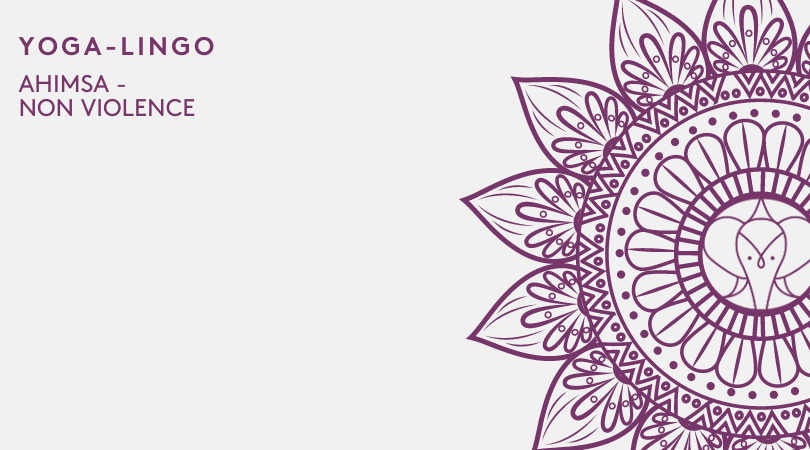Ardha Matsyendrasana - Spine Twisting Pose
This pose is believed to have come from a fish that was blessed by Shiva after he realized that it had learned yoga after listening to him explain yoga to Parvati. The tale has it that the fish remained motionless the entire time. After it was blessed by Shiva as Matsyendrasana, lord of fishes, it took on a divine form and came to land. On land, it sat in a spinal twisting posture that allowed it to absorb the teachings.
Ardha Matsyendrasana (ARE-dah MOT-see-en-DRAHS-anna) is a seated twist pose. It is the 9th of the 12 basic poses in Hatha Yoga. In Sanskrit, Ardha means half, matsya means fish, indra means king, and asana means pose. It, therefore, translates to Half Lord of the fishes pose. It is also called the spine twisting pose
Ardha Matsyendrasana Step by Step
Step 1: To do this pose you should start off in the Dandasana pose. To enter the Dandasana pose, place your right leg over the left leg as close as possible to the left buttock. The right knee should be pointing upwards to the ceiling while the left leg is resting on the mat. The left foot lies under the right thigh. Now place the left (This step will be repeated when you are changing the sides)
Step 2: Place the right hand on the floor behind the right buttock. Lift the left arm up with the elbow at 90 degrees and place the elbow near the right knee. Your left arm should now be on the outside of your right thigh.
Step 3: Pull the right knee and the torso very close together. Twist the trunk of your body as much as possible turning your head either to the right or the left side. Inhale and exhale naturally during the process. Encircle the waist with your right arm with the palm facing outwards when you are at the end of your turn. This will ensure you maintain a straight posture.
Step 4: When you have reached the maximum position, hold for as long as possible while breathing naturally. Ensure that you concentrate the twist on the entire spine and not the lower back only. Change and repeat the same on the other side.
Modifications
To make it easy to do you might start by doing it when the right leg is straight and not curled around the body. You may also start by sitting with your back to the wall and then using it for support when pushing your torso forward to fit into the curled thigh region.
Preparatory poses
Baddha Konasana (Bound Angle Pose), Janu Sirsasana (head to knee pose), Supta Padangusthasana (reclining hand to big toe pose), Virasana and Bharadvajasana.
Follow up poses
Janu Sirsasana and Paschimottanasana.
Benefits
Enhances spine flexibility and stimulates the spinal nerves
Stretches the shoulders, neck, and hips.
Cleanses the internal organs of the abdomen
Improves digestion and waste removal
Relieves stiffness, menstrual discomfort and back pain
Opens the shoulders, neck, arms, and hips
Drishti
Parsva Drishti
Variations
You can have variations in the legs and the arms. First, you could do the twist with the leg stretched out instead of having it bent with the heel near the buttocks of the other leg. For those who are experienced and you can make the twist deeper by circling your arms one at the back of the waist and the other over making a loop over the thigh so that they meet on the side of your body.
Traditions
Traditions have it that the pose was used to awaken the Kundalini. It was also known to raise the appetite and end so many diseases arising from the spine, back, and abdomen.
Pose type
Twist pose type, spine pose
Beginner tips
As a beginner, you may need a partner to help you do the pose correctly especially by holding you on one side so you can turn your trunk as far as possible without letting go of the other side.
As a beginner, you may start with a mild version that doesn’t involve pulling your elbow all the way to the outside of the thigh. You can start by going slowly.
Ensure that you are seated on a well-padded mat.









